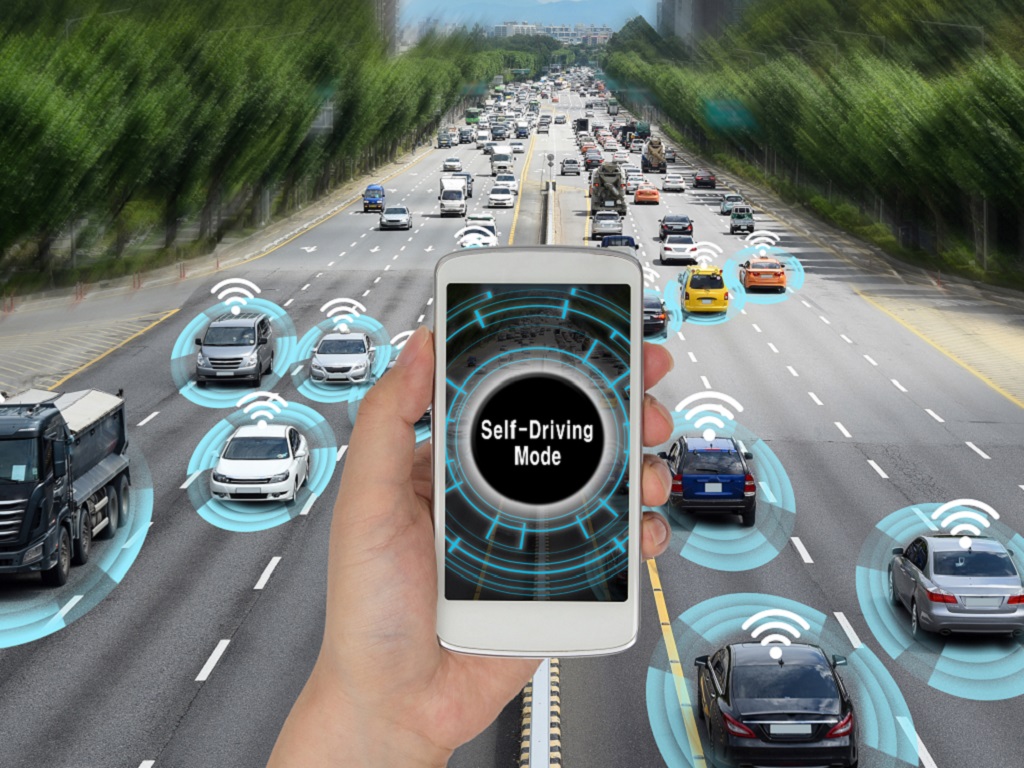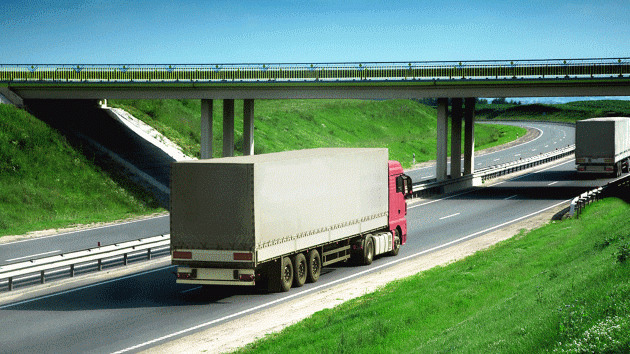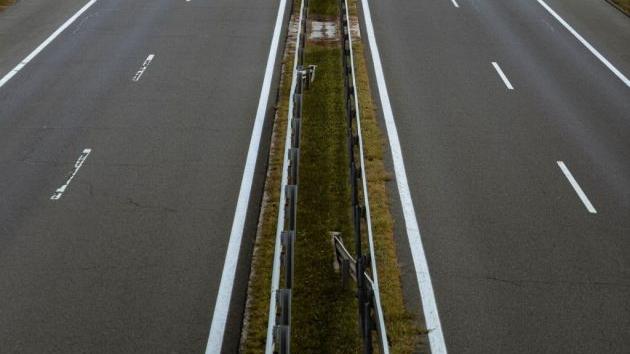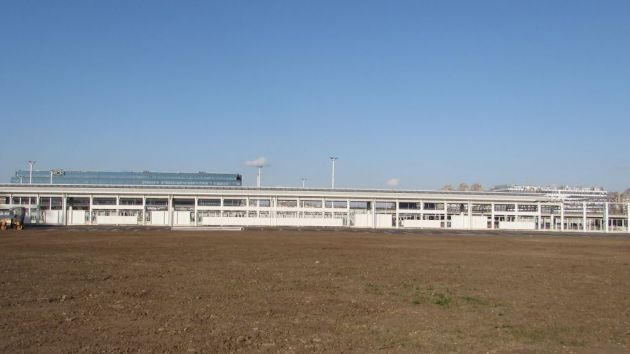What are smart highways and how will they work?
Illustration (Photo: Ju Jae-young/shutterstock.com)

- In the coming years, you will no longer be able to drive faster than allowed, since the car will read the signs for you, in case someone does not know how to read them, and there are folks like that - said Vesic.
This means that cars will "communicate" with the roads, that is, they will receive messages from the road, independently of the driver. They will be able to indicate to the car where there are intersections, traffic jams, as well as when to reduce speed, give a turn signal.
They will use advanced technology to improve the safety, efficiency and sustainability of traffic.
This includes smart signaling, i.e. LED lights and traffic signs which adapt to real time traffic conditions and weather conditions.
In other words, the software will collect data on road conditions, traffic density and all events on the route. This data can be used to optimize traffic and alert drivers to potential problems.
Some smart roads also use solar panels to generate electricity that can be used to power LED lights and other electronic systems on the road. Also, parts of the road can be built with materials that are designed to better reflect light or absorb noise.
Additionally, a smart road system can use artificial intelligence to analyze data and make traffic-related decisions, such as automatically adjusting traffic lights or optimizing routes.
Which cars will be able to "connect" to the smart highway?
Speaking of types of cars that can use this technology, they must be modern, with advanced systems.
Many modern cars already come with technologies such as adaptive cruise control, automatic braking, and navigation systems that can communicate with traffic signals and other systems. These cars often have built-in sensors, cameras, and radars that enable the collection and processing of information from the environment.
Vehicles equipped with V2X systems can communicate with smart roads and infrastructure. V2X encompasses various types of communications, including Vehicle-to-Vehicle (V2V), Vehicle-to-Infrastructure (V2I), Vehicle-to-Pedestrian (V2P), and Vehicle-to-Network (V2N). These systems allow vehicles to send and receive information about traffic, road conditions, and other relevant data.
Also, electric cars and autonomous vehicles often have the latest technology that enables connectivity with smart roads.
Cars using advanced navigation systems and technologies like GPS, real-time maps and traffic information can also benefit from smart roads that provide updated information and optimized routes.
Finally, cars that have the ability to connect to the Internet via cellular networks (4G, 5G) or Wi-Fi can use smart roads to access real-time information and services, such as weather conditions, traffic jams or road condition alerts.
Tags:
Ministry of Construction
Transport and Infrastructure
Goran Vesic
smart highways
smart signaling
cars that can connect to a smart highway
V2X systems
Comments
Your comment
Most Important News
Full information is available only to commercial users-subscribers and it is necessary to log in.
Follow the news, tenders, grants, legal regulations and reports on our portal.
Registracija na eKapiji vam omogućava pristup potpunim informacijama i dnevnom biltenu
Naš dnevni ekonomski bilten će stizati na vašu mejl adresu krajem svakog radnog dana. Bilteni su personalizovani prema interesovanjima svakog korisnika zasebno,
uz konsultacije sa našim ekspertima.


 Izdanje Srbija
Izdanje Srbija Serbische Ausgabe
Serbische Ausgabe Izdanje BiH
Izdanje BiH Izdanje Crna Gora
Izdanje Crna Gora


 News
News












